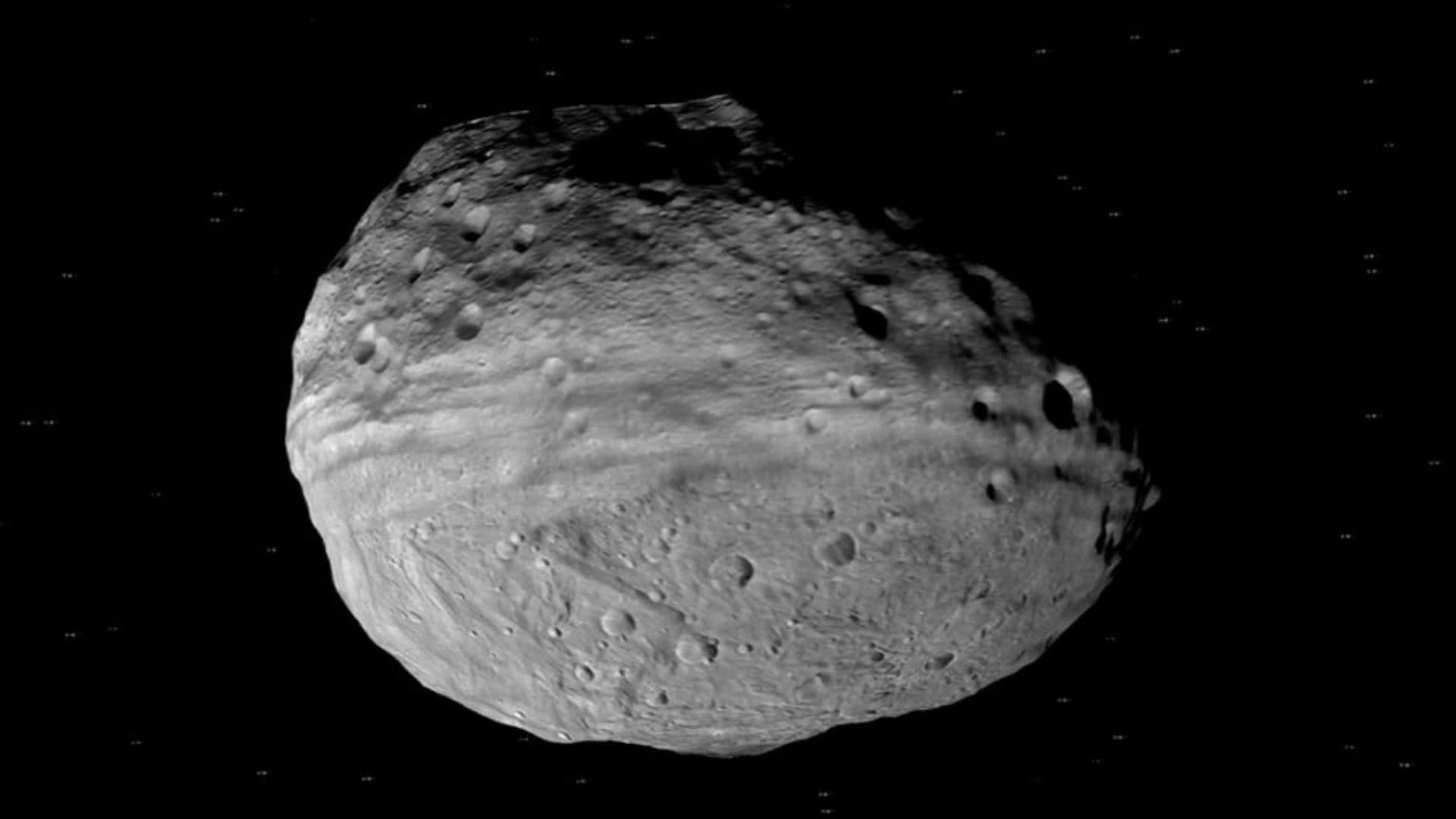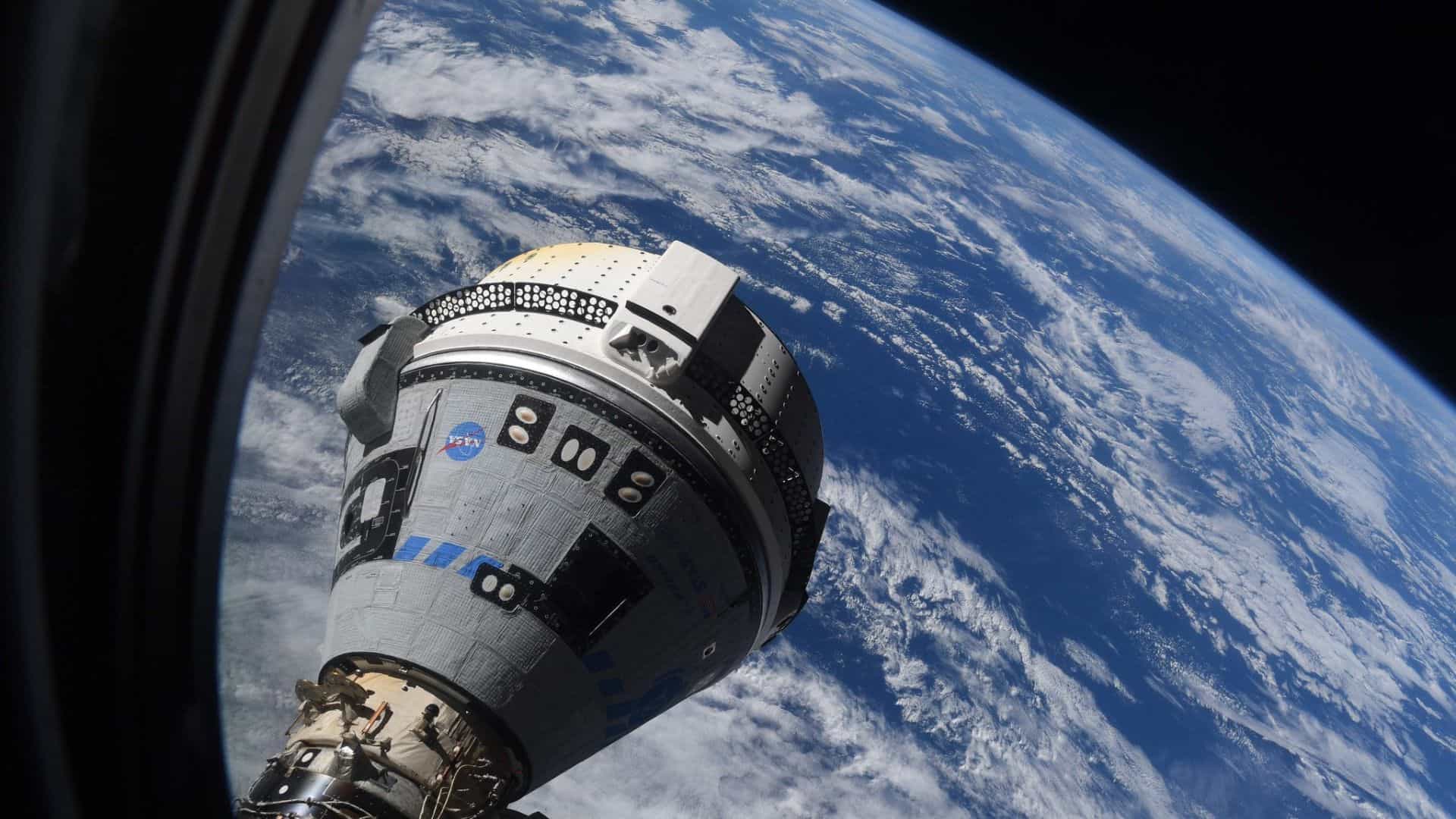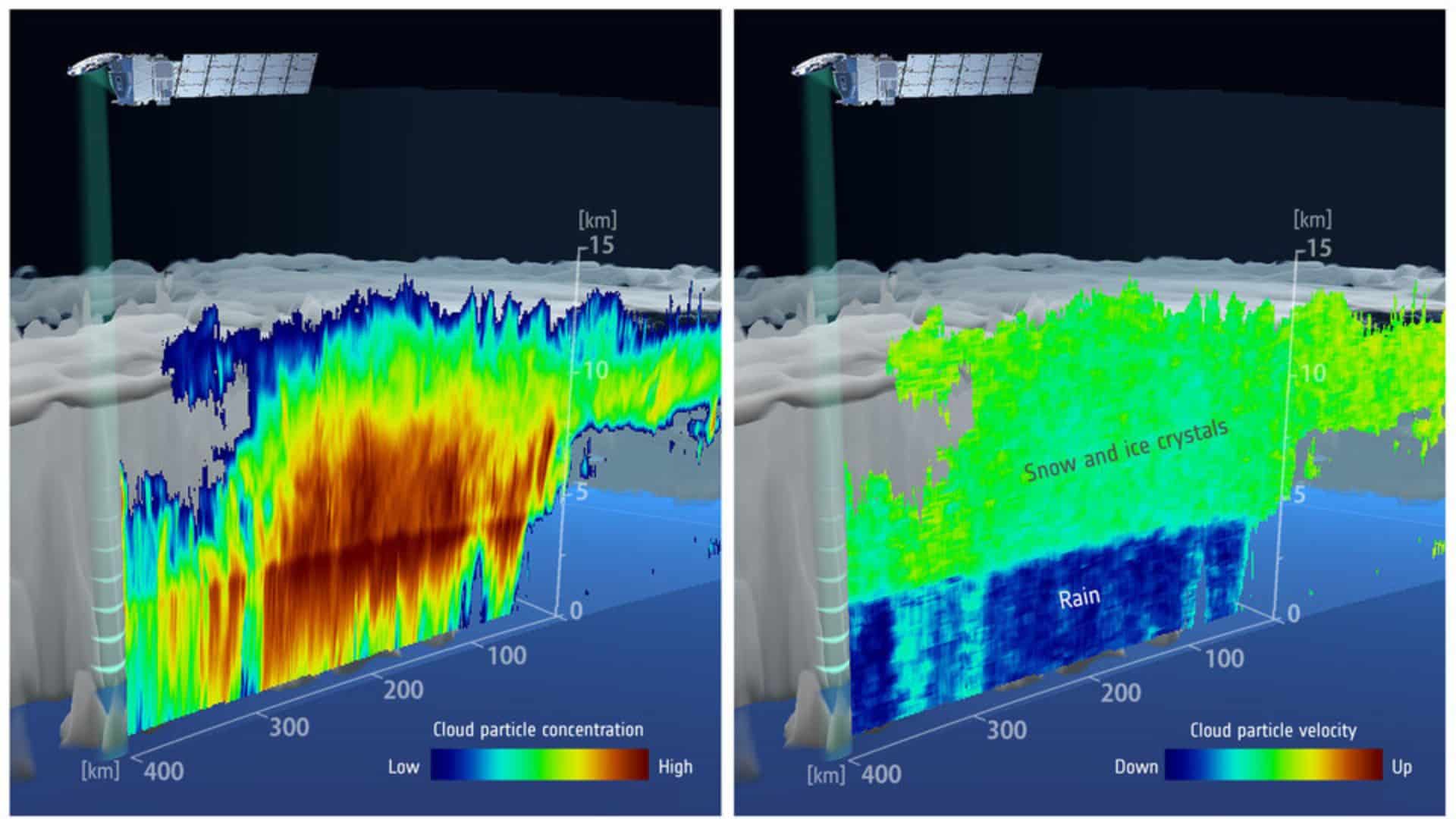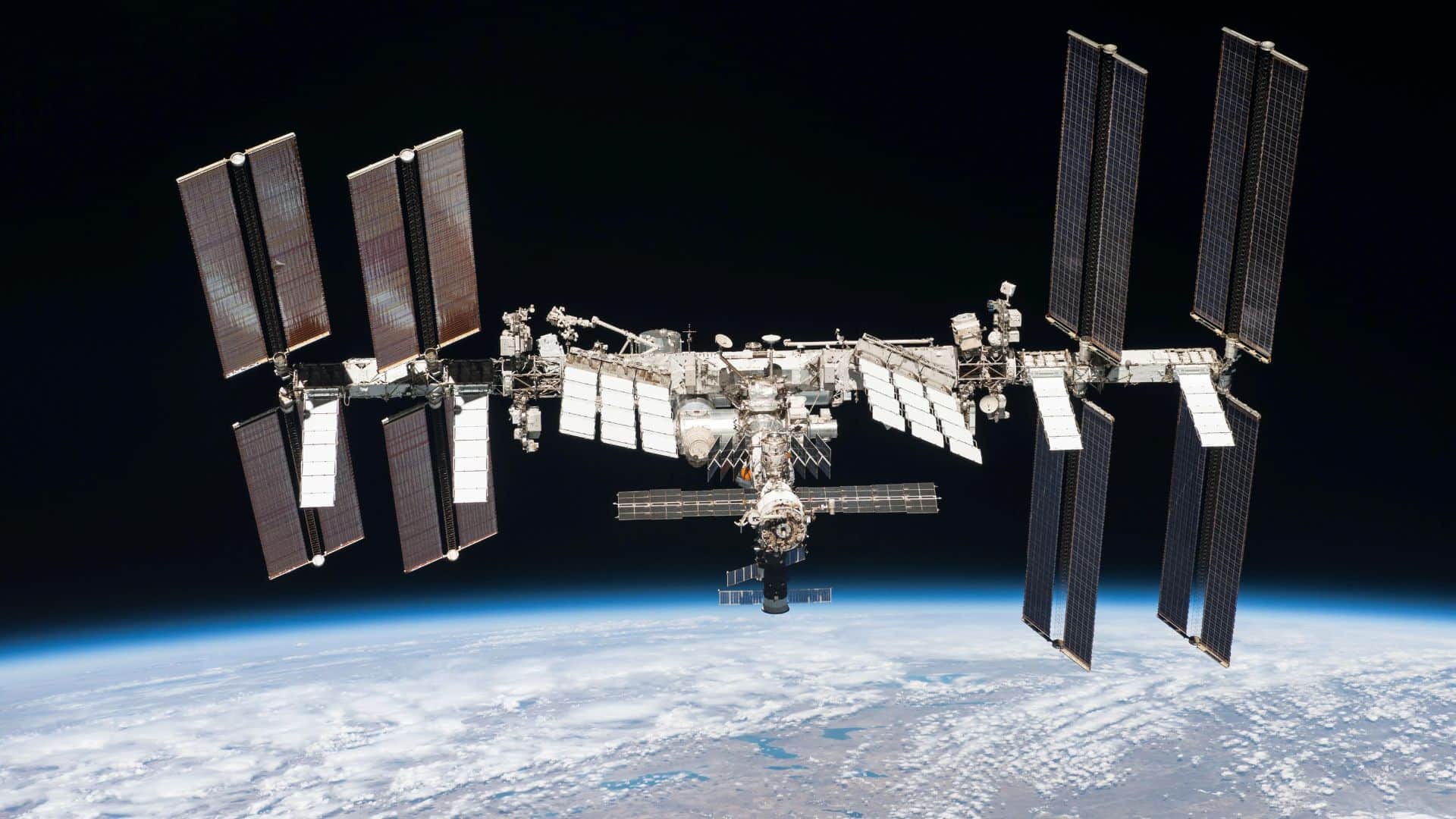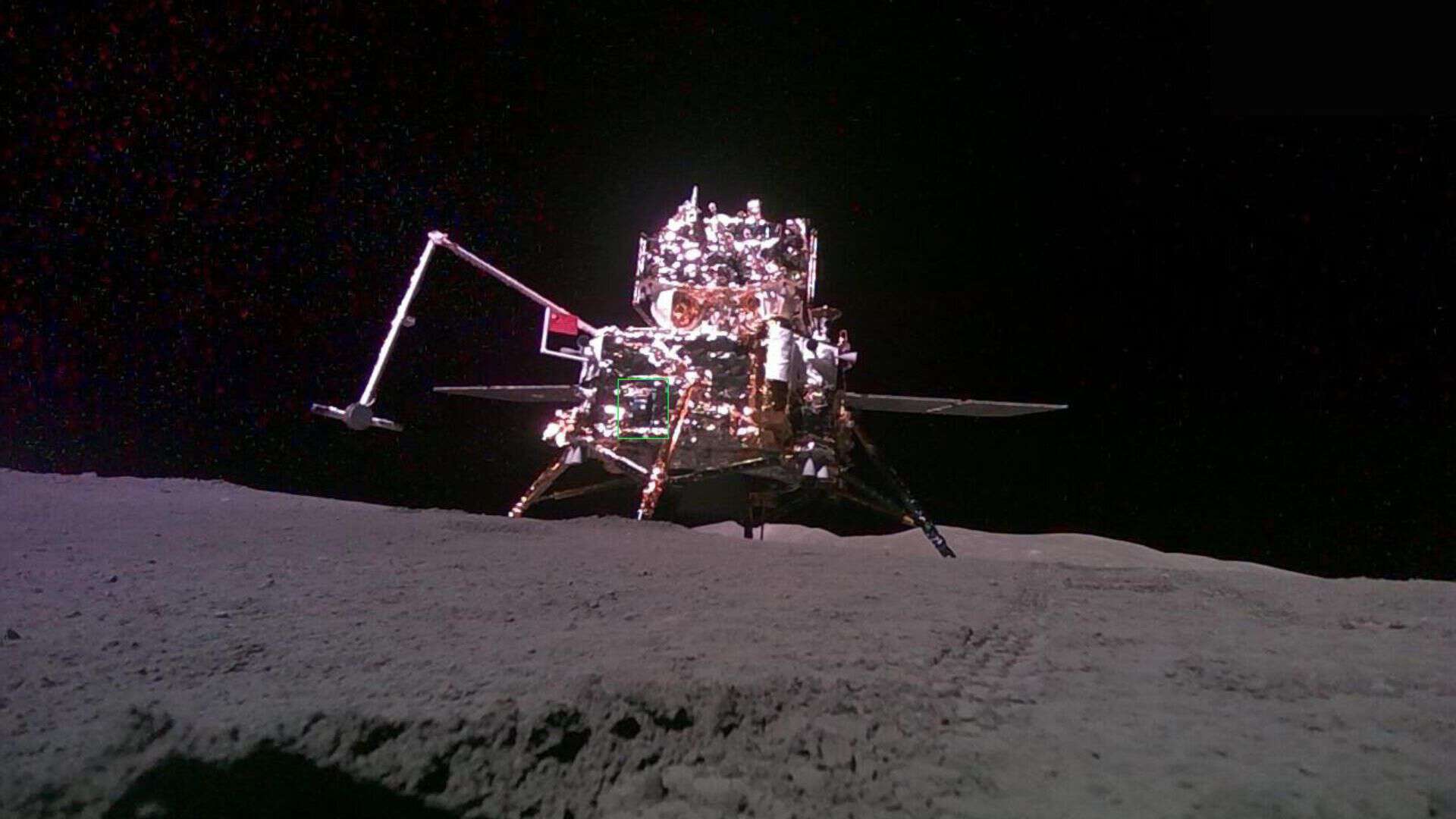
The European Space Agency’s (ESA) Negative Ions at the Lunar Surface (NILS) instrument has detected negatively ionized particles, i.e., negative ions, on the lunar surface for the first time.
China’s Chang’e 6 spacecraft, which landed on the far side of the moon on June 1 at 22:23 UTC, carried the Negative Ions at the Lunar Surface (NILS) instrument.
Negative ions on the lunar surface are produced through interactions with the solar wind.
The sun continuously releases a radiation of charged particles called the solar wind. Now the magnetic field of our Earth acts as a shield, which blocks most of the solar wind.
In contrast, the moon has no magnetic field and a very thin atmosphere. So it can’t block the solar wind. When the solar wind reaches the moon’s surface and reacts, it produces secondary particles.
These particles can be positively or negatively charged or have no charge at all. Positively changed particles can be detected easily from the lunar orbit.
However, the negatively changed particles are short-lived and, as a result, can’t be detected from the lunar orbit. That’s why the European scientists planned a mission to detect negative ions very close to the lunar surface.
“These observations on the Moon will help us better understand the surface environment and act as a pathfinder to explore negative ion populations in other airless bodies in the Solar System, from planets to asteroids and other moons,” explains Martin Wieser, NILS principal investigator.
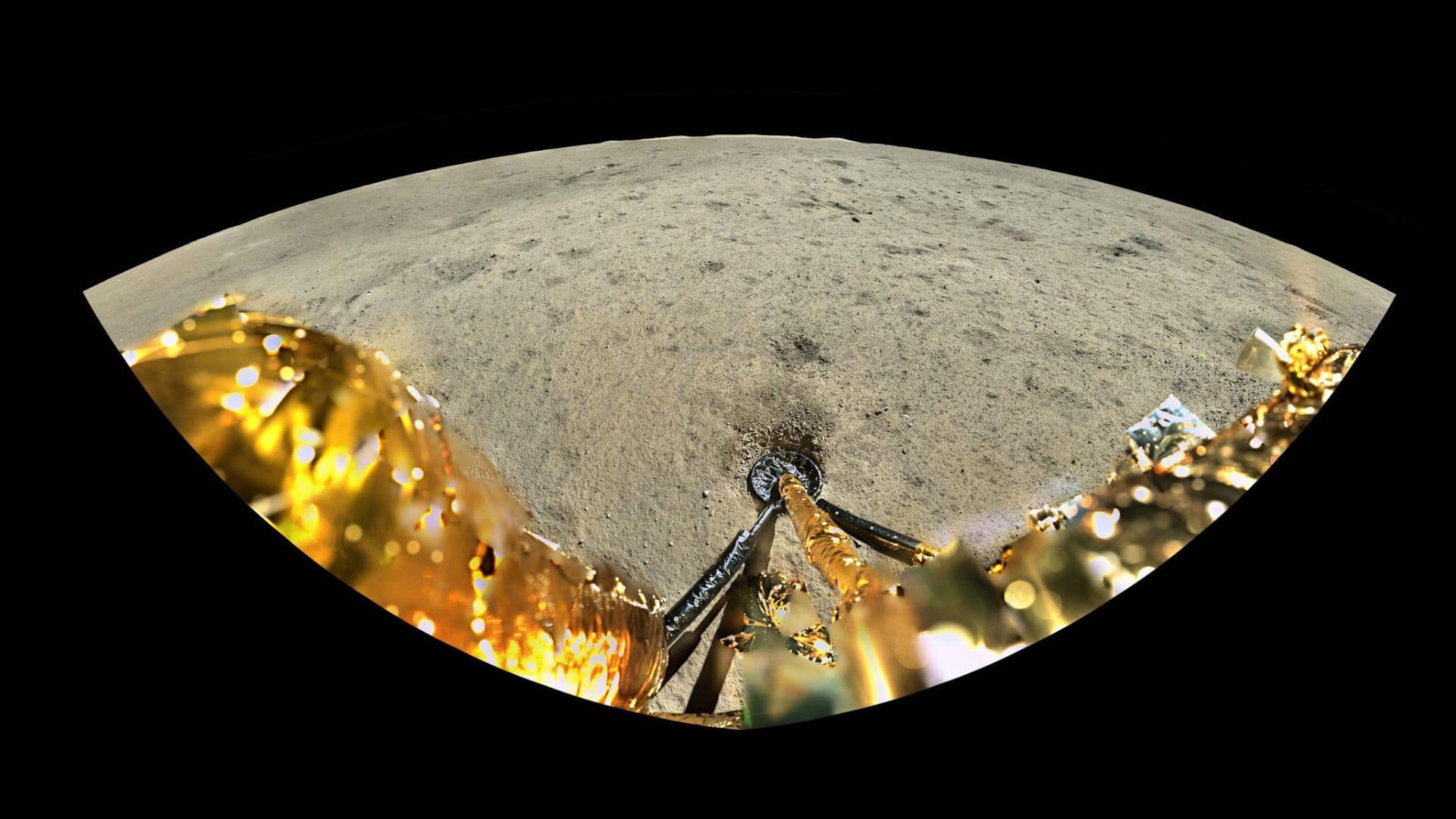
The Negative Ions at the Lunar Surface (NILS) instrument aboard Chang’e 6 was activated about four hours after landing and started collecting data about 40 minutes after the instrument was activated.
After analyzing the data, the European team working with the Negative Ions at the Lunar Surface (NILS) instrument confirmed the presence of negative ions on the lunar surface.
The Swedish Institute of Space Physics (IRF) built the Negative Ions at the Lunar Surface (NILS) instrument under the guidance of ESA.
Related article: Chang’e 6 spacecraft docks in lunar orbit with lunar samples
Please bookmark Spaceandtelescope.com or follow us on Facebook and Twitter to get latest space news, upcoming skywatching events and astronomy-related content.
